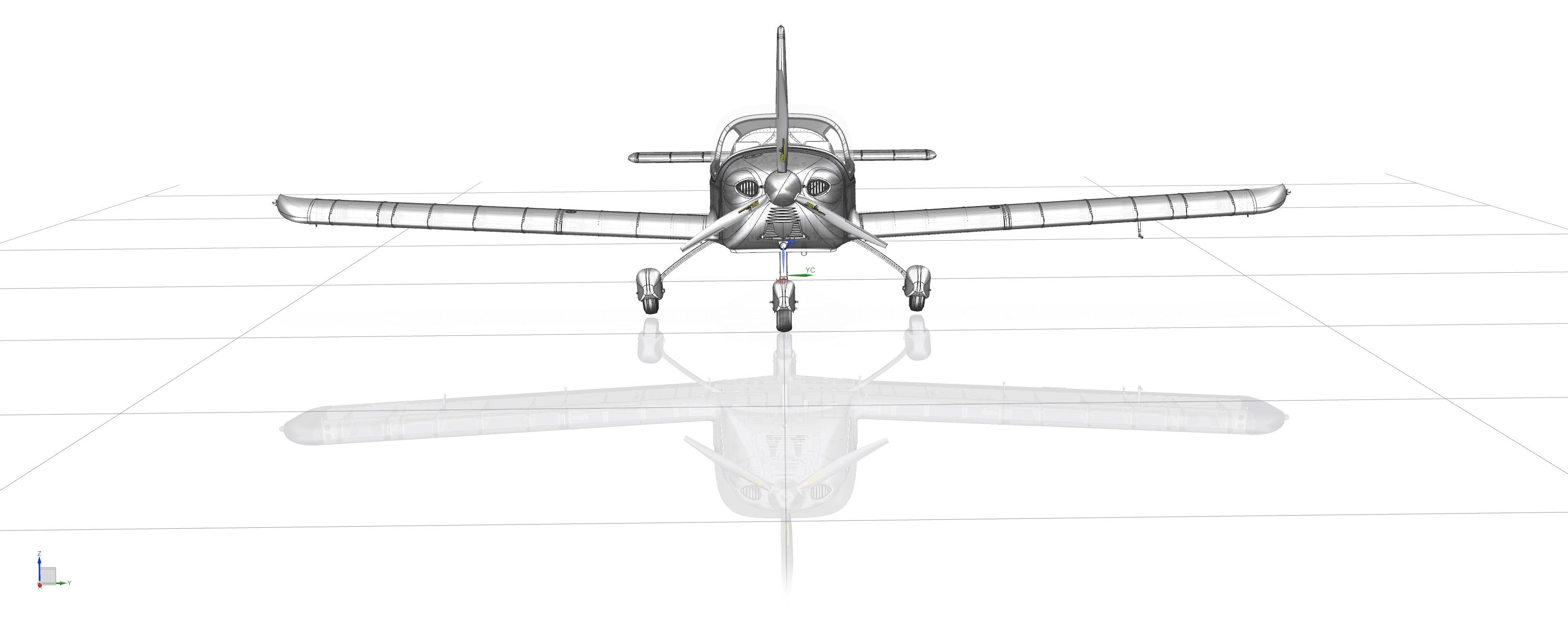Intro
Viper SD4 is an elegant two-seater aircraft for every sunny day. Ideal not only for recreational flying, but also for a longer trip to the sea.
The reliable and durable all-metal construction of the proven Viper SD4 lower deck proved its worth in aviation training even when towing sailplanes. The AFT variant serves for the preparation of military pilots and the extended version of the Night-VFR the possibility of night flights, which together with the RTC model fitted with the Rotax 912 engine complies with the CS-LSA Amdt.1 regulation and bears the EASA.A.606 certificate. The aircraft is produced in ultralight/LSA/CS-LSA versions. At the same time, it is certified in several national environments and aviation categories.
The high torsional stiffness of aircraft coated with air duralumin reliably absorbs both air turbulence and the hard landings of novice pilots. Proof of durability of the materials used are still flying machines from the Second World War, based on the same all-metal philosophy with easy maintenance. Although the Viper has been ranked among the world leaders in the field of safety and airworthiness by the brave handling of the corkscrew test, the all-aircraft parachute rescue system (AEPS) serves for maximum safety. In the worst case scenario, you can activate a parachute built into the fuselage of the aircraft, on which the entire machine calmly descend to safety, from where the ELT function automatically informs the emergency services about the position of the crew.
Emotion
Design
Inspired by aerodynamic elegance and freedom, the design DNA of the Viper SD4 depicts the unmistakable contours of an honestly designed and thoroughly constructed machine in the sky. The consequence of the interplay of function and shape without room for compromise is a large effective direction indicator. The sense of perfection in every detail cannot be overlooked with every single thoroughly melted thread, reducing aerodynamic resistance.
Original
Slovak origin
Domestic top experts for aeronautical development, construction and modelling have designed the Viper SD4 from the first to last screw in Prešov, where precision metal semi-finished products are subsequently carved with the most modern laser technologies. These are then machine-bent and shaped into precisely designed compensators for the construction of the basic centerplane, rectangular wings, tail surfaces and other parts. Finally, the engine is mounted and instrumentation is installed, culminating in the inspection and take-off of the finished aircraft by a professional test pilot.


Ergonomics
Interior
Parameters
Flight properties

The three-wheeled chassis
Duplicate steering
Three-blade propeller
All-metal rectangular wings
Tail surfaces
Two-seat cabin
Towing device
Aircraft hull
Fuel system
Boxer engine
| UL | UL/LSA | |
|---|---|---|
Wing span | 8,34 m (27,4 ft) | 8,34 m (27,4 ft) |
Length | 6,40 m (20,1 ft) | 6,40 m (20,1 ft) |
Height | 2,20 m (7,3 ft) | 2,20 m (7,3 ft) |
Engine 4-stroke Rotax 912 | UL 80 HP | ULS 100 HP | ULS/S2 100 HP |
Propeller, 3-blades, ground adj. | CUSTOMIZED | CUSTOMIZED |
Cruising speed | 200 km/h (108 kt) | 200 km/h (108 kt) |
Stall speed | 65 km/h (35 kt) | 75 km/h (40,5 kt) |
Climb rate | 6 m/s (1 181 ft/min) | 5 m/s (984,3 ft/min) |
Take-off distance (ground roll) | 150 m (492 ft) | 180 m (590ft) |
Landing distance (ground roll) | 140 m (459 ft) | 160 m (524,8 ft) |
Durability | 3 hrs 45 min | 6 hrs | 6 hrs |
Range | 705 km (381 nm) | 1 000 km (648 nmi) | 1 200 km (648 nmi) |
Consumption (NAT 99+) / 1 hour | 16 L (4,2 US gal) | 16,4 L (4,3 US gal) |
Tank volume | 70 L (18,5 US gal) | 100 L (26,4 US gal) | 100 L (26,4 US gal) |
Max. take off weight incl. BRS | 475 kg (1 047 lbs) | 600 kg (1 320 lbs) | 600 kg (1 320 lbs) |















